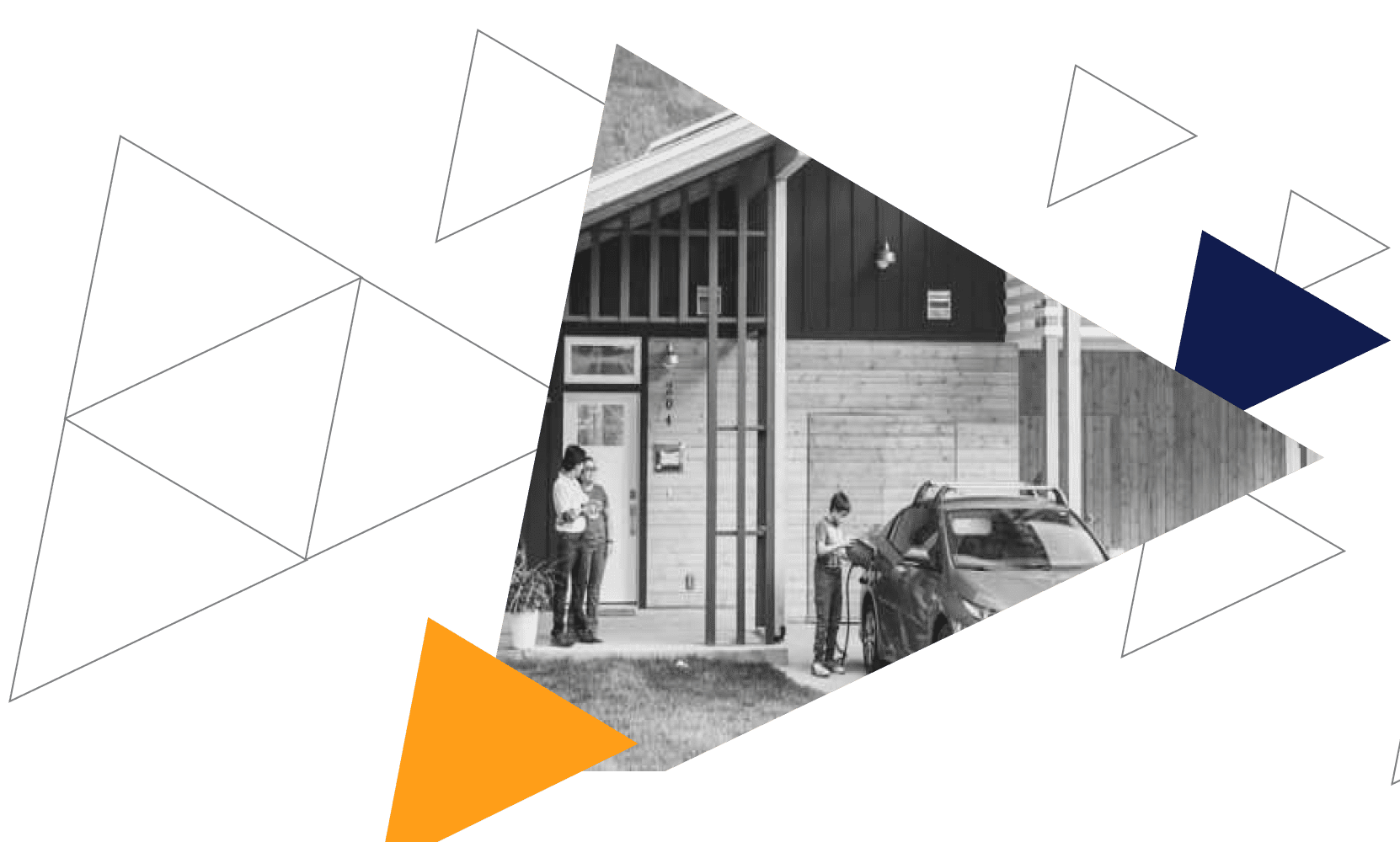A recap of the February, 2021 meeting of the Utility Business Model (UBM) working group hosted by Grid Forward.

The following is a brief summary of a discussion organized by Grid Forward as part of the Utility Business Model (UBM) Working Group initiative with partners SEPA, Grid Wise Alliance and EPRI.
Even as distributed energy resources (DERs) proliferate across our region, the country and the world, a looming question remains: how will grid operators find viable business models to not only effectively integrate them at scale, but how to make money doing so. We explored this topic in the February meeting of the UBM working group.
We started with general perspectives and a framework for considering DER monetization from advisory firm Strategen. Then we heard from an investor utility (Portland General Electric) on their perspectives to move these efforts forward in relation to their regulatory processes, including a distribution system planning docket. Next, public power utility Holy Cross Energy discussed efforts they are working on with their community in their process to power their grid with 100% clean energy. We ended the session with an international utility (ENGIE) that is work as a deregulated energy provider in a number of jurisdictions.
There are multiple paths for how DER monetization can or should work for utilities. Market structure, regulatory environment, grid constraints/priorities, customer interest and other factors all influence the options that could fit any number of circumstances. In addition, there are many value streams available to both grid operators and customers. In light of the diverse possible paths, one way to move ahead by creating lightweight and rapid experiments that can test various business model assumptions. Using multiple strategies simultaneously to leverage different assets types, reach different customer classes, and address various system needs may be the best approach.
It has become clear that we will have to look towards more flexible, adaptive models to accommodate decentralised “in community” energy assets. Portending this insight was the announcement of FERC 2222 which would incentivise hyper-localised energy markets (though the session only briefly touched on the FERC order). With the market pressures rather clearly established, it becomes clear that this topic of DER monetization is a key issue.
The examples shared below cover a wide view the ways this is being explored in the industry today. This information has been abbreviated; for deeper details contact Grid Forward.
Ron Nelson, Director at Strategen started the session. Ron has over ten years of experience exploring various DER monetization strategies, including regulatory market overhaul in Hawaii and Minnesota. Ron provided us a taxonomy and review of the various options open to grid operators for monetizing the DER revolution.
There are four focus areas by which to consider monetization revenue streams. The extent to which a utility can leverage a revenue stream will depend on its contextual regulatory framework, structure and technology vision. They are represented as quadrants (see slide) but are more continuous and mingle into one another. The axes represent the overriding strategy by the distributor, but multiple strategies can be undertaken by an operator in parallel.
Portland General Electric (PGE) has long been doing innovative work at the cutting edge of DERs for a number of years. Angela Long, manager of distributed resource planning, heads that strategy. Many of her remarks were in context to the regulatory pathways that PGE sees opportunity for DER expansion
Here are some additional insights from Angela’s remarks:
Holy Cross serves Western Colorado with 44,000 members and 265 MW Peak demand. The utility has established an ambitious objective of 100% carbon free power by 2030. Bryan Hannegan, CEO, said they are already halfway there and DERs will play a key role in getting to the finish line. As they focus on the community and its needs they are working on a range of initiatives.
Our closing speaker was from the French energy conglomerate ENGIE. Doug McMahon, Managing Director of the Sustainability Solution Business Unit discussed examples from markets in the US and Europe.
A major project testbed with Ohio State University is helping them innovate new financial models to enable decarbonization as a service. The project has propagated innovations and foresight throughout the Engie hierarchy – especially in scaling practices across territories globally. The project provides a working template for as to how a utility can engage with a campus size /corporate campus size project and what sort of incentive mechanisms and business models will work.
Credits: